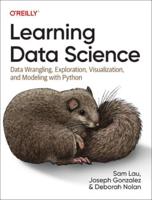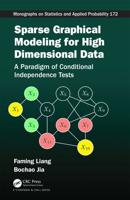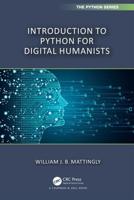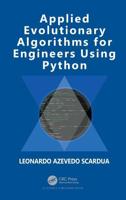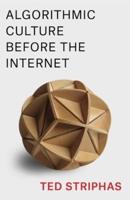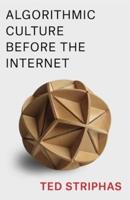Publisher's Synopsis
The developments in information technology in the last decades of the 20th century have fundamentally changed the way in which scientific information is being communicated and used. A scientific discipline where the impact of these changes has been particularly significant is (bio)chemistry. Up to less than 25 years ago, molecular modeling was a hardly-existent computational chemistry niche, only practiced at those few institutes that could afford the very expensive specialised hardware. Also rapid access to not only the primary literature but, possibly even more importantly, to the factual primary data about millions of chemical compounds, to reactions, structures, and spectra, and to the genomic data of various organisms including humans, can only be provided by digital storage and retrieval techniques. This book seeks to document some key developments in computerized chemical information in the last two decades of the past century. To put the developments into a historic perspective, the three opening chapters present review articles on the founding, the history, and the operation of three different representative European computer chemistry institutes.;These introductory chapters are personal accounts of history and development and clearly show the different approaches and aims in setting up these (academic) research and/or service facilities for computer-aided chemistry and cheminformatics. The following chapters form a bridge to recent cheminformatics research by covering selected topics in the fields of organic synthesis, drug design, crystallography, modeling and chemistry teaching.

